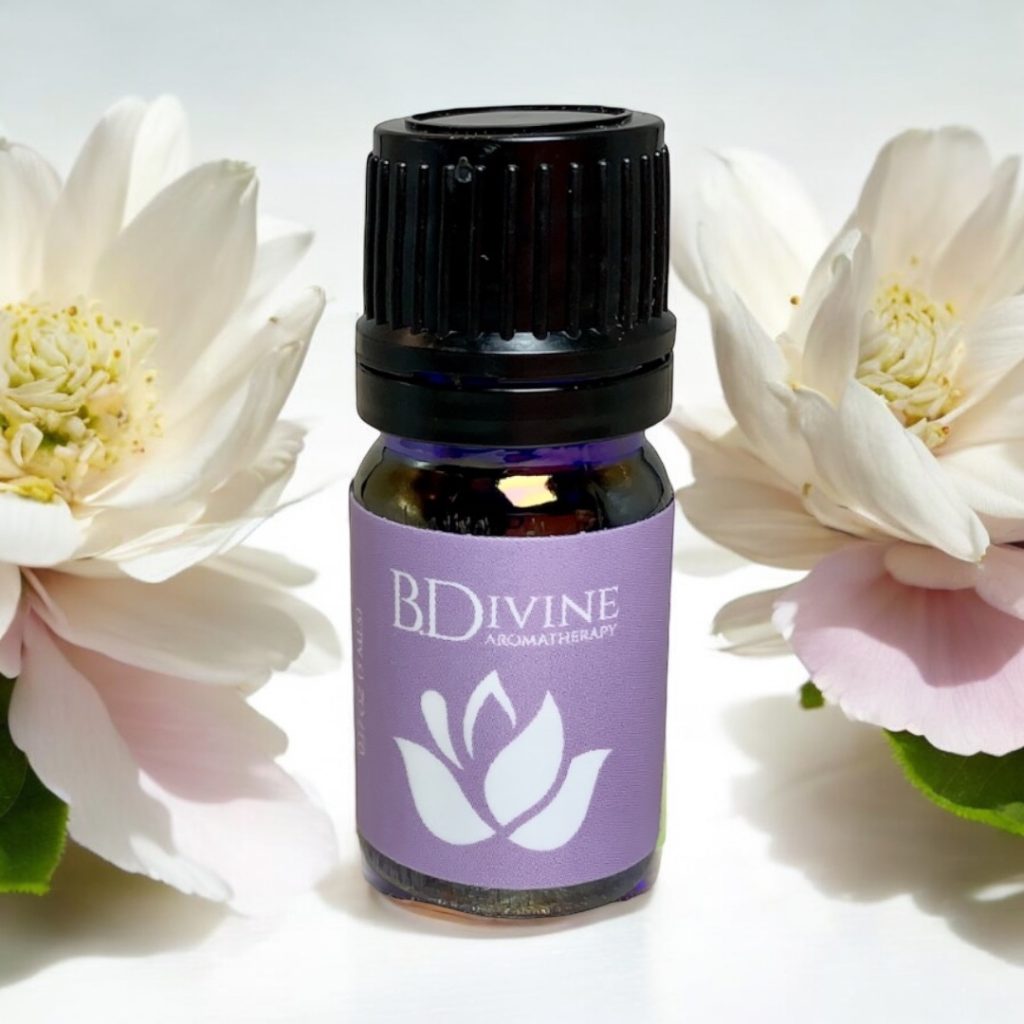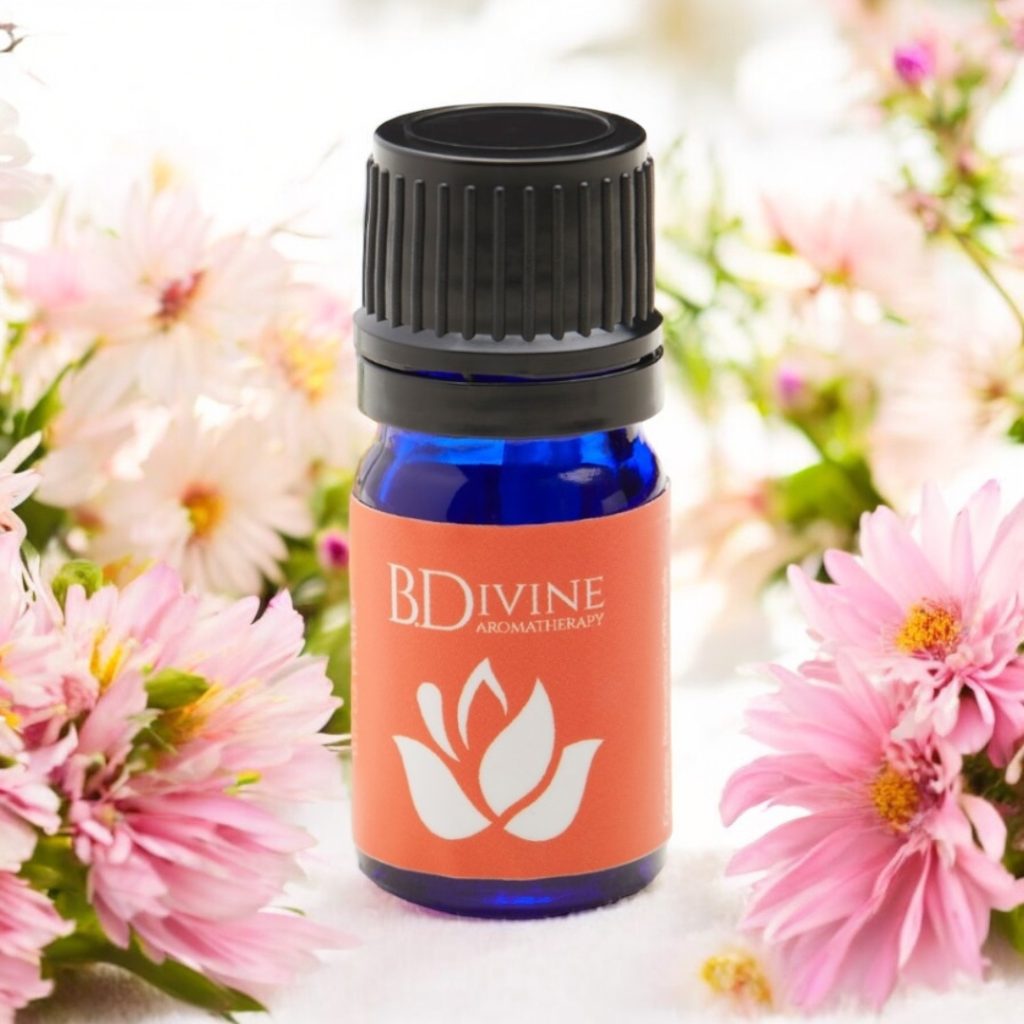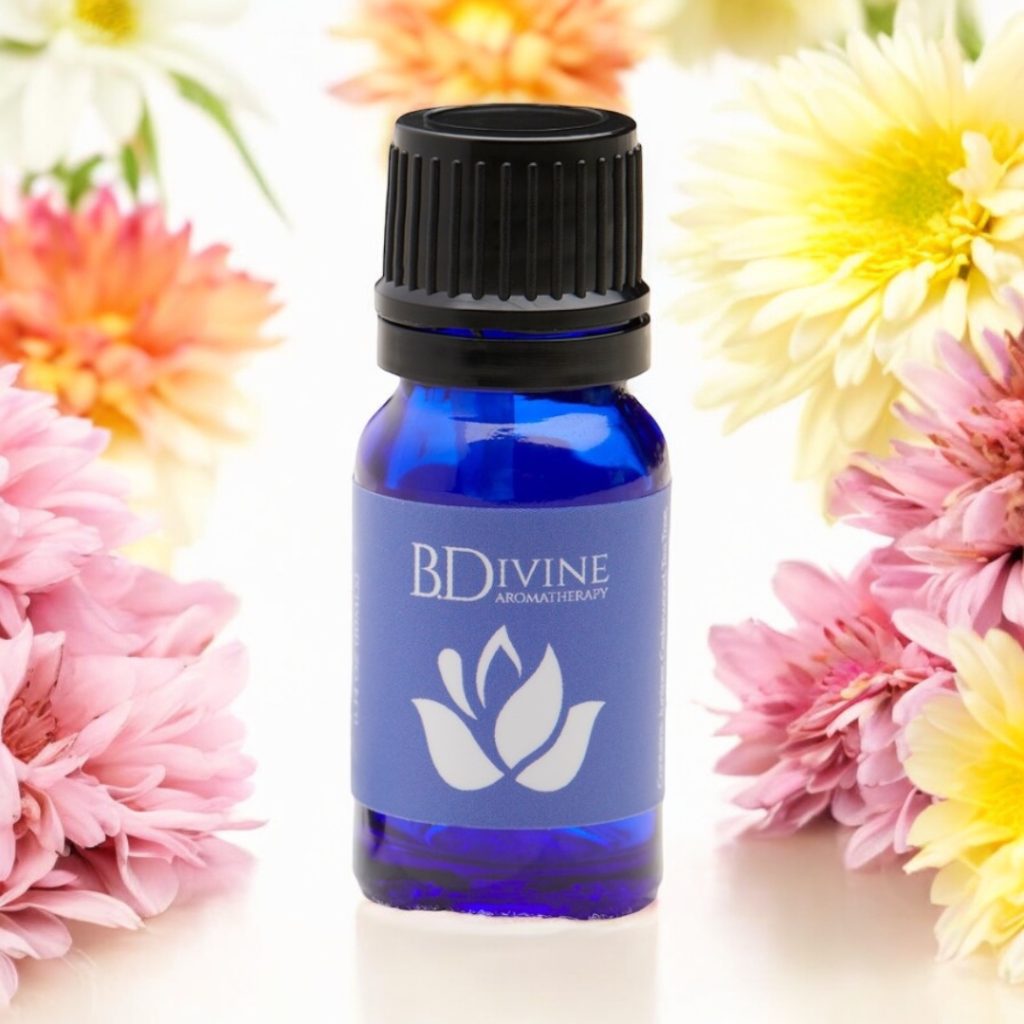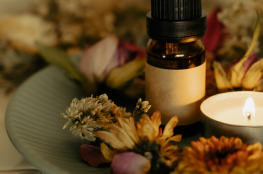The Guide to Aromatherapy Diffusers
“Nothing is more memorable than a smell. One scent can be unexpected, momentary, and fleeting, yet conjure up a childhood summer beside a lake in the mountains. “
-Diane Ackerman
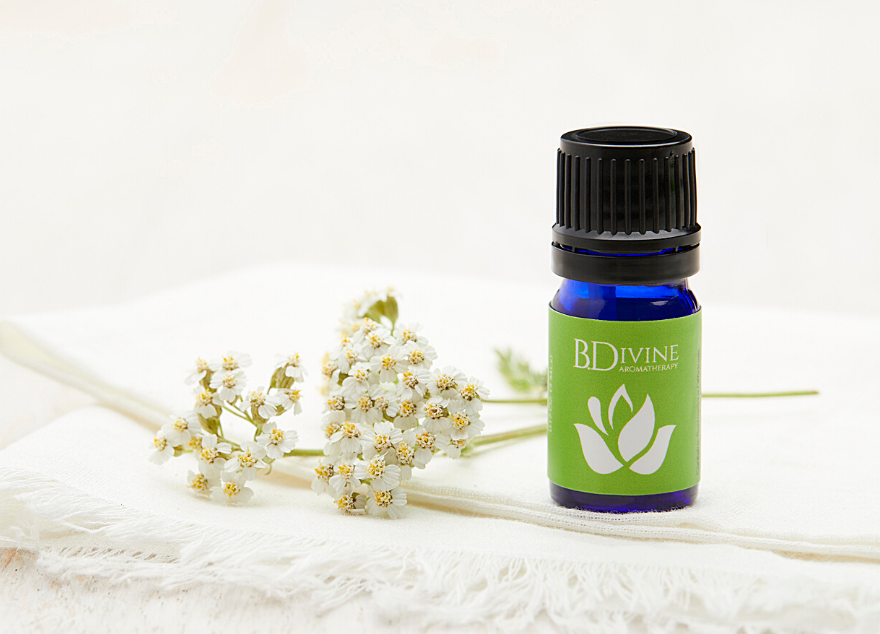
Aroma is such an important part of our lives. Whether we recognize it or not, a scent can profoundly affect our mood. It can bring a memory to mind or cause us to turn our noses up because we dislike it. Whatever the reason, we can use essential oil aromas to promote our desired mood, such as relaxation, energy, or sleep. One of the quickest and most powerful ways to experience essential oils is through diffusion.
In a nutshell, diffusion releases the aromatic molecules from the oil into the air, releasing its fragrance. There are many different types of diffusers on the market that can diffuse essential oils. Today I want to share with you the different types of diffusers. It is necessary to recognize that a “diffuser” is a general term. Understanding the different types of diffusers and what is best for you is vital to your diffusing experience.
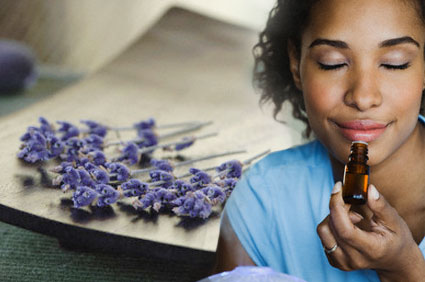
How does diffusion work?
When you diffuse essential oil into the air, the essential oil molecules that are inhaled travel to your lungs and limbic system via your nose. They are then absorbed into your bloodstream and travel throughout your body.
Do You Know the Difference in Diffusers?
Here are the top 5 ways that people can use diffusers:⠀⠀⠀⠀⠀
1) Personal Inhaler sticks⠀⠀⠀⠀⠀⠀⠀⠀⠀
2) Steam Inhalation⠀⠀⠀⠀⠀⠀⠀⠀⠀
3) Inhalation Patches⠀⠀⠀⠀⠀⠀⠀⠀⠀
4) Diffuser Jewelry⠀⠀⠀⠀⠀⠀⠀⠀⠀
5) Ultrasonic or Nebulizing Diffusion⠀⠀⠀⠀⠀⠀⠀⠀⠀

Personal Inhaler Sticks
Sometimes called sniffy sticks or aroma sticks. Inhaler sticks are made up of a wick that is housed in a plastic or metal case. The wicks are saturated with oil and then inhaled through the nostrils. I personally love inhaler sticks. They are easy to use on the go. They are discreet and work well in public spaces. I don’t need to worry if the scent negatively affects someone else. If you have small children or an elderly parent in your house, this is an excellent alternative to using a diffuser.
Steam Inhalation
Steam Inhalation works by adding your essential oil to warm water and inhaling the steam as the water releases the vapors. You can use a bowl of warm water, add you’re essential oils, place a towel over your head, and inhale deeply. This is my favorite go-to when I have a cold. First thing in the morning, I do this before starting my day. A word of caution. This can be a powerful method since the heat is releasing a lot of aromas all at once. It is not for everyone since this method can be irritating to your eyes and face.
Personal Nasal Inhaler
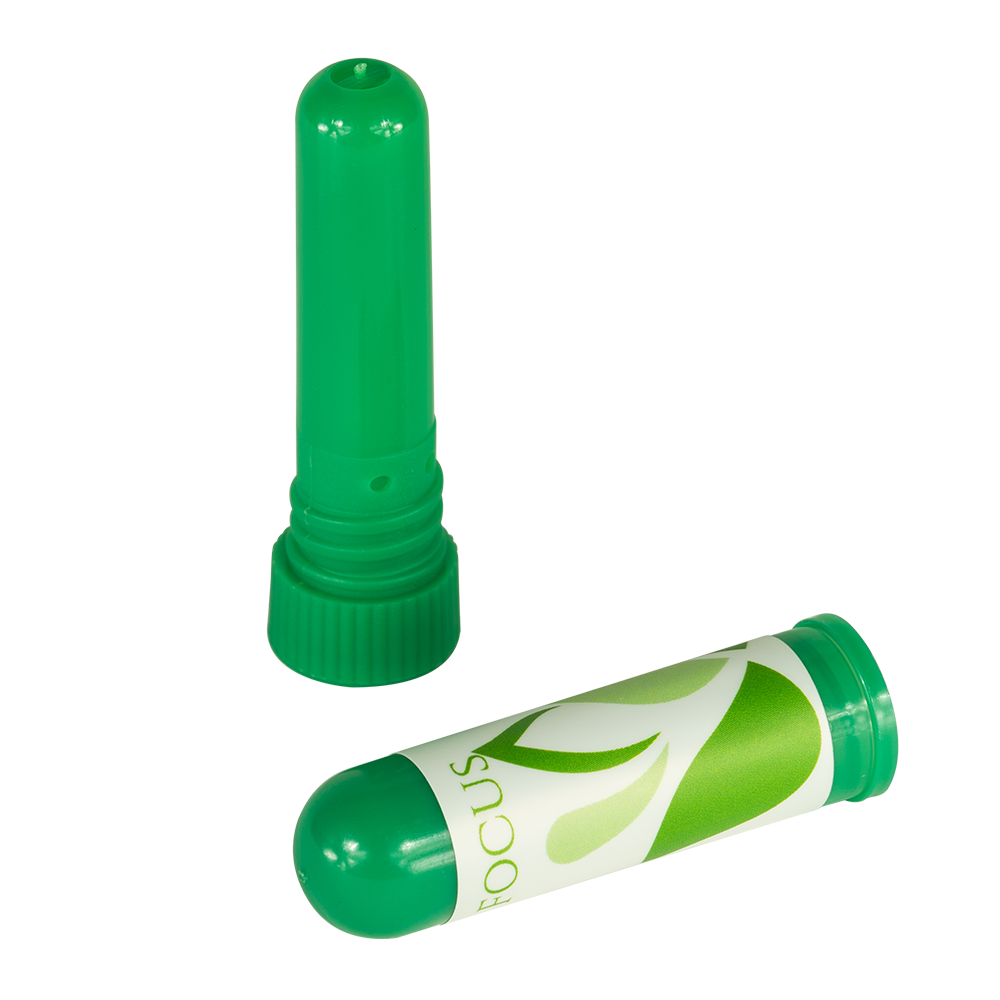
Inhalation Patches
Inhalation patches are incredible to use. If you have not tried them, I highly recommend them. Essential oils are added to a tiny disk. You only need a few drops to saturate the disk, so this is a cost-effective way to use essential oils. The patch containing the disk is placed somewhere near your collar bone and sits on your skin or shirt. When the disk comes in contact with your skin, it warms the disc and releases an aroma. I find that the patches last 6-8hrs. These are great for traveling if you are on the go, in meetings where you can’t use an inhaler.

Ultrasonic or Nebulizing Diffusion
A nebulizing or ultrasonic diffuser is one of the most popular ways to diffuse essential oils. You may hear a few fancier terms used when talking about these types of diffusers.
An ultrasonic diffuser is considered active diffusion. Essential oil is mixed with water and using ultrasonic sound waves, the essential oil molecules are agitated, a mist is created and dispersed into the air using cool air.⠀To 100mls of water, I add 4-5 drops of essential oil. Depending on the size of the room, you may need to increase the amount of oil.⠀⠀⠀⠀⠀⠀⠀
⠀⠀⠀⠀⠀⠀⠀⠀⠀
-Nebulizing/Atomizing diffusion: This type of diffusion is the most powerful. There is no dilution of the oil before use. Pure essential oil is placed into the vessel and uses pressure to disperse tiny droplets into the air. This can be very concentrated, so limit the amount of time you are diffusing. The drawback to this type of diffuser is the amount of oil used. This consumes a lot of oil.⠀⠀⠀⠀⠀⠀⠀
⠀⠀⠀⠀⠀⠀⠀⠀⠀
-Passive diffusion: ⠀⠀⠀⠀⠀⠀⠀⠀⠀
An example of passive diffusion would be
1) A reed diffuser, where the oil slowly travels via capillary action up the reed.⠀
2) A porcelain diffuser is one of my personal favorites. You add oil to the vessel (about 5 mls, depending on the size) and allow the oil to saturate the porcelain. This emits a gentle aroma that is not overpowering. It lasts about 5-7 days before you need to refill it. My favorite way to use these is in the bathroom or next to my desk for work.
3) wax melts. Place on a low heat warmer to release the essential oils. This requires some kind of heat, so your oils will dissipate quickly and may not last as long.⠀⠀⠀⠀⠀⠀⠀
⠀⠀⠀⠀⠀⠀⠀⠀
Passive Porceline Diffuser
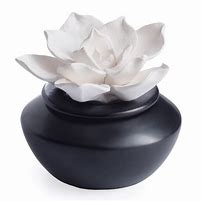
However, you choose to diffuse is up to you. If you are a beginner, I will encourage you to think about your goal of diffusing. What do you want to accomplish? Is it for the environment of your home or for a personal need? What method would best suit you? Always remember safety. Are there small children in the house? Elderly or other people who could be sensitive to scents? If this is the case, choose a method that will have the least negative impact on them.⠀⠀
Happy Diffusing!⠀
Shop Our Bestselling Diffuser Blends Below⠀
